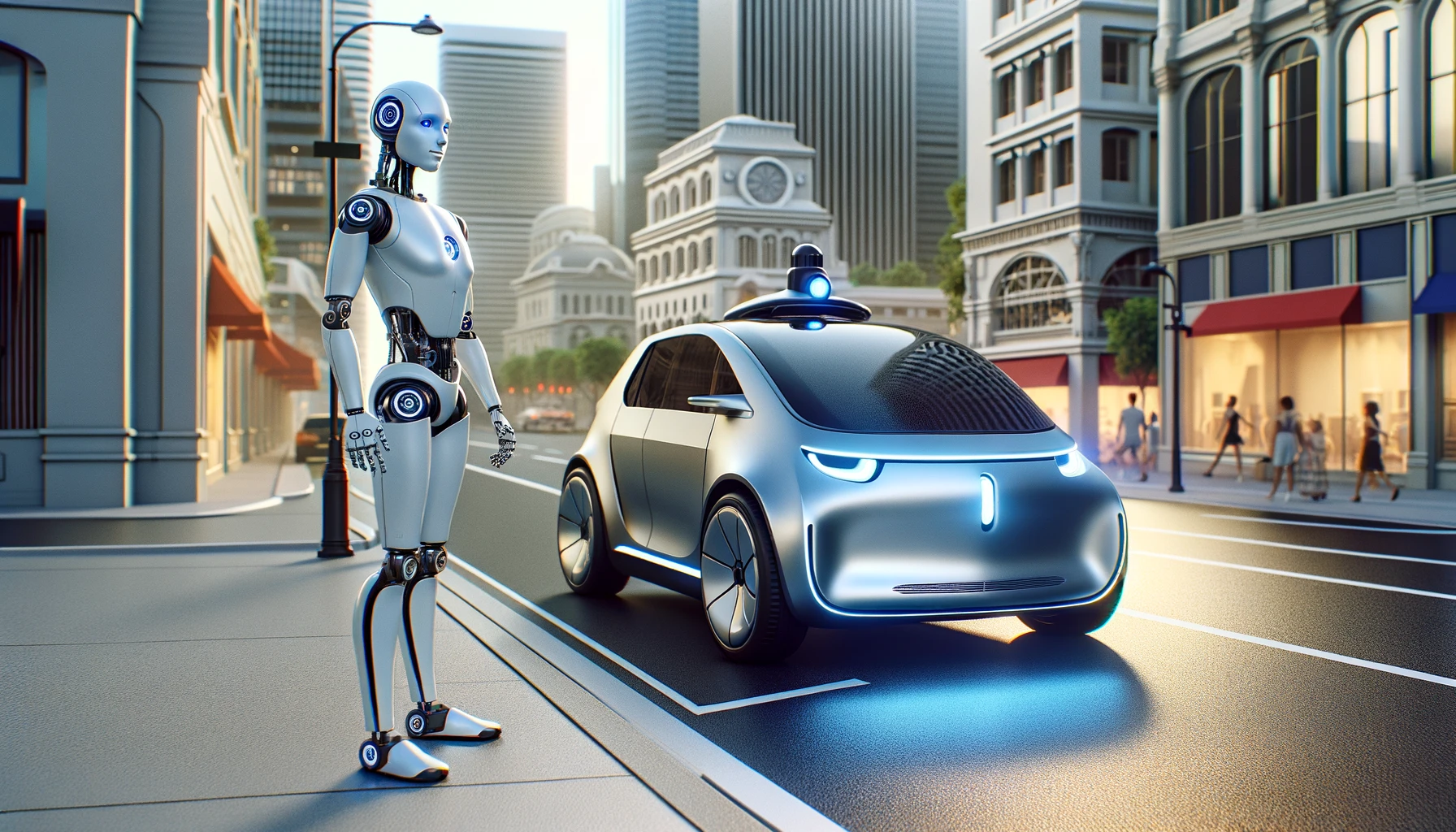FAQ: Sensors for Autonomous Vehicles

What sensors are commonly used in autonomous vehicles?
Advanced Driver Assistance Systems (ADAS) typically integrate multiple vision technologies such as cameras, radars, lidars, and ultrasonic sensors. These technologies collectively capture the diverse information algorithms needed to make decisions and allow the system to operate autonomously. They address different application cases and ensure redundancy to enhance the system’s safety and reliability. Recently, several automakers have streamlined these systems by reducing the number of technologies used. For instance, Tesla is notably focusing on using primarily cameras to simplify its ADAS architecture.
What is a LiDAR sensor used in autonomous cars?
An autonomous vehicle uses a LiDAR sensor to gather data from hundreds of thousands of laser pulses every second. The sensor then analyses the ‘point cloud’ of laser reflection points using an onboard computer to create a 3D representation of its surroundings.
What types of sensors are used in ADAS?
Advanced Driver Assistance Systems (ADAS) and Autonomous Vehicles (AV) rely on dozens of sensors mounted at various locations, including cameras, radars, lidars, and ultrasonic sensors.
How do autonomous vehicles see?
Self-driving cars utilize advanced camera technology for high-resolution vision. Cameras are utilized to read road signs and markings, and various lenses provide wide-angle views of close-up surroundings and longer, narrower views of what’s ahead.
How is computer vision used in autonomous vehicles?
Self-driving cars use computer vision to identify pedestrians, vehicles, and road signs, which improves reaction times and reduces accidents.
Why do LED lights mess with cameras?
LED lights can interfere with cameras due to their flickering. Unlike traditional light bulbs, LED lights don’t stay constantly on but flicker at a very high rate. This flickering is not visible to the human eye, but the camera’s shutter speed is fast enough to capture these gaps in the light, resulting in horizontal black lines appearing in the image or video.
Why do cameras see LED lights flickering, but our eyes don’t see them flicker?
LED lights can flicker due to the stroboscopic effect, but this happens so rapidly (around 60 to 1000 times per second or more) that the human eye cannot detect it. However, cameras can detect these flickers, generating an annoying effect for humans and confusing algorithms. The difference in frame rates between the camera and the LED lights makes the flicker effect more apparent.
What sensors are best for self-driving cars?
LiDAR, which stands for Light Detection and Ranging, has been a popular choice for autonomous vehicles since their early development stages. LiDAR systems emit laser beams at eye-safe levels and generate information m mostly used to estimate the distance of objects from the car. Instead, cameras are used to capture information about the scene. Some car manufacturers, like Tesla, are switching to camera-only self-driving vehicles. The new generation of imaging sensors can guarantee a complete scene acquisition even in challenging light conditions, making it a more reliable, less expensive, and less cumbersome alternative to LiDAR.
What is the best sensor for an autonomous vehicle: camera, radar, or LiDAR?
Choosing the best sensor for an autonomous vehicle involves understanding the unique strengths of cameras, radars, and LiDAR, which are often combined to complement each other. The radar is excellent for long-distance detection and works well in poor weather, making it ideal for functions like adaptive cruise control. LiDAR offers precise, high-resolution measurements and 3D imaging for detailed mapping at shorter distances. Cameras are crucial for interpreting visual information like road signs and lane markers. Together, these sensors provide a comprehensive perception system that enhances safety and reliability through sensor fusion.
What are the limitations of LiDAR in autonomous vehicles?
LiDAR has some disadvantages and limitations in autonomous vehicles. One of its limitations is that it cannot measure long distances like RADAR. LiDAR’s wavelength is in the micrometer range, whereas RADAR’s is between 30 cm and 3 mm. RADAR’s ability to identify things at greater distances and through fog or clouds is due to its longer wavelength.
What are the limitations of a RADAR sensor for autonomous vehicles?
The radar sensor used in autonomous vehicles has some limitations. It has a restricted field of vision, which means it might fail to detect a vehicle or detect it later than anticipated in certain circumstances. Additionally, the radar sensors for detecting cars near your vehicle might experience delays in certain situations. For instance, if a vehicle enters the space between your car and the one directly ahead, the radar sensors may not detect the car immediately.
What are the advantages of cameras in autonomous vehicles?
One of the main challenges of using current camera technologies as sensors for autonomous vehicles is their susceptibility, like the human eye, to unfavorable weather conditions, such as rain, fog, or snow, which can significantly reduce visibility and result in unclear images. However, a new generation of imaging sensors is being overcome by the limitations of traditional cameras. These new technologies promise better performance and reliability under challenging weather conditions.
How is LiDAR different from camera autonomous vehicles?
LiDAR systems can work in any lighting condition, giving them an advantage over cameras that require adequate light to perceive their surroundings. In addition, LiDAR sensors offer a more comprehensive detection range than camera sensors, which makes them more valuable at high speeds.



